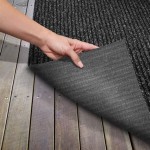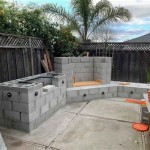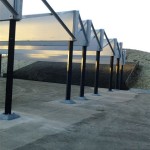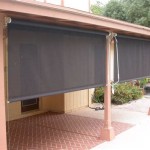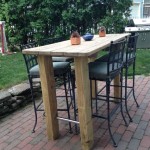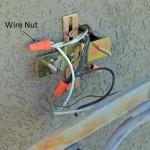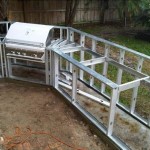NRA Outdoor Shooting Range Design: Essential Aspects
Creating a safe and enjoyable outdoor shooting range requires careful planning and attention to detail. The National Rifle Association (NRA) has developed comprehensive guidelines to help shooting range designers create facilities that meet the highest standards of safety, functionality, and environmental protection.
Site Selection
The first step in designing an outdoor shooting range is selecting a suitable site. The site should be large enough to accommodate the desired number of shooting lanes and safety zones. It should also have adequate natural or artificial lighting, good drainage, and access to utilities. Additionally, the site should be located away from residential areas, schools, and other sensitive locations.
Range Layout
The range layout should be designed to maximize safety and efficiency. The shooting lanes should be positioned at the appropriate angles and distances to ensure that projectiles do not cross over or endanger other shooters. The safety zones should be large enough to provide adequate protection for shooters and spectators. The range should also include designated areas for target placement, ammo storage, and cleanup.
Backstops and Targets
The backstop is an essential component of an outdoor shooting range. It is designed to stop projectiles and prevent them from leaving the range. Backstops should be constructed from durable materials such as concrete or steel and should be high enough and wide enough to capture all projectiles. Targets should be placed at the appropriate distances for the type of shooting activity and should be clearly visible to shooters.
Ventilation and Noise Control
Adequate ventilation is crucial for removing harmful gases and smoke from the shooting range. Ventilation systems should be designed to circulate fresh air throughout the range while minimizing noise levels. Noise control measures, such as sound-absorbing materials and baffles, can also be used to reduce the impact of gunfire on surrounding areas.
Safety Features
Safety is paramount at shooting ranges. Essential safety features include:
- Range rules and regulations that are clearly posted and enforced
- Qualified range safety officers who are present during all shooting activities
- Emergency stop buttons that can be used to halt fire immediately
- Proper signage and lighting to guide shooters and spectators
- Designated smoking areas and strict enforcement of no-smoking policies outside of these areas
Environmental Considerations
Shooting ranges should be designed and operated in an environmentally responsible manner. Proper disposal of spent ammunition and other waste materials is essential. Shooting ranges should also be designed to minimize the impact on wildlife and natural habitats.
Conclusion
By following these essential aspects of NRA outdoor shooting range design, facilities can create safe, functional, and environmentally friendly spaces for shooting enthusiasts. Careful planning and attention to detail are crucial to ensure that shooting ranges meet the highest standards and provide a positive and enjoyable experience for all users.

Outdoor Shooting Range Construction Nra Specifications

The Nra Range Explore

Armed By Architecture How Better Design Got Me To A Gun Range Nra Family

How To Build A Outdoor Home Shooting Range Diy

Nra Re Opens Public Range Fund Get Money For Your Daily Bulletin

Small Bore Silhouette Range Nra Whittington Center

Range Services Nra Explore

How To Build A Outdoor Home Shooting Range Diy
What Can Be Done About Outdoor Gun Ranges That Move In Across The Street From Multiple Neighborhoods Shots Heard Inside Many Homes Quora

A Complete Guide To Building Your Home Shooting Range Silencer Central


